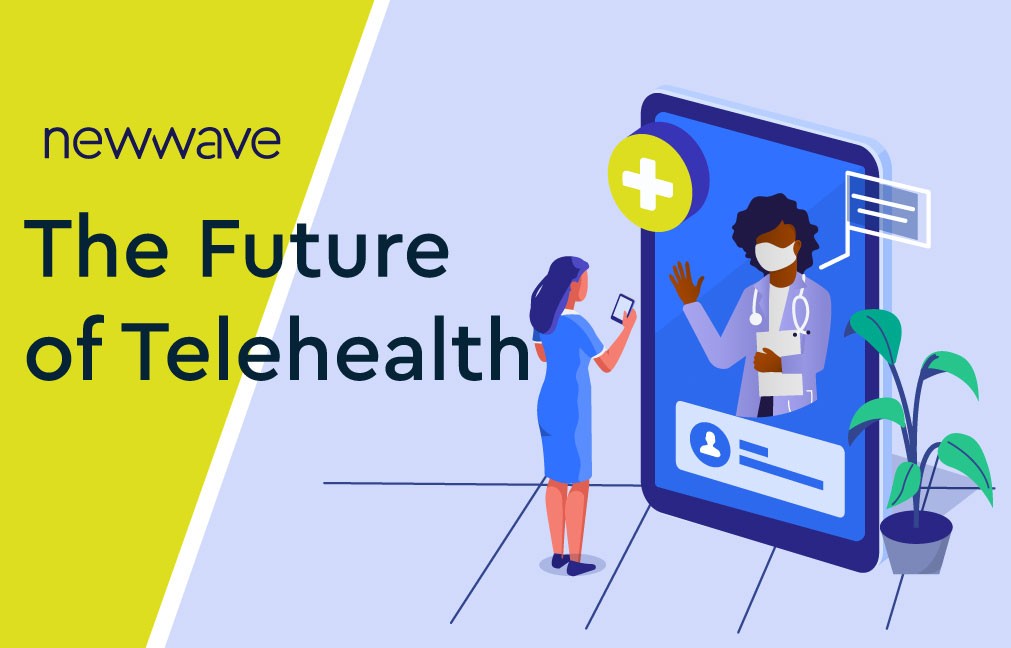One of the early effects of COVID-19 on healthcare has been the rapid increase in the use of telehealth instead of office visits. This growth has largely been driven by the circumstances of the pandemic, as well as CMS temporary waivers loosening restrictions on Medicare payments for telehealth services.
Technology advocates and many in healthcare see the CMS waivers as a sea of change that will sweep away the last vestiges of the fee-for-service office visit world and echo in a new era of virtual care and services propelled by the “engaged consumer”. Loosening telehealth usage restrictions, leveling the payment playing field between in-patient and virtual “visits”, and adding in new technologies such as 5G and more powerful mobile devices, are all changes that will bode well for telehealth. Obviously, there are still those pesky problems like developing consistent policies and standards across payers, building privacy and security safeguards, but now with the government regulatory winds finally at their backs, the telehealth supporters are flying high.
The challenge for government healthcare policymakers is similar to what they face during any crisis period, which is how to best leverage this singular moment to create long-needed transformation but also maintain flexibility to prevent locking in systemic changes that could later be deemed harmful or costly. A good case study is the government’s reaction to 9-11 and the impact on homeland security.
For policymakers and other stakeholders, telehealth presents multiple challenges as well as unique opportunities. Here are a few impact examples:
- CMS just issued a report that showed a huge disparity between the level of COVID-19 hospitalizations for African American Medicare beneficiaries VS. other racial groups. Does telehealth help or worsen disparities between different groups and areas of the country?
- Social determinants– Closely tied to disparities, health experts are looking closely at the role social determinants of health (SDOH) play in overall healthcare. Does telehealth help or exacerbate SDOH factors, given that people have varying degrees of access to technology and knowledge of how to maximize its use? On the flip side, many patients lack easy transportation access so telehealth could help alleviate challenges for seeing a provider.
- Consistency in standards and policies-this is an area of frustration for providers and others. For example, who and what qualifies for telehealth reimbursement?
- Privacy and security-I could write a whole blog on this area but suffice it to say that there are many potential privacy and security issues that relate to transmission, storage, access, credentials etc.
- Types of care offered-Which areas of care does telehealth show the most potential for improving? Mental health has been widely touted as a good area for telehealth during COVID-19 but there has also been research showing that it helps other areas such as patients with end stage renal disease.
- Consumer engagement-Will telehealth increase consumer engagement with the healthcare system or just become another mode of communication?
- Doctor-patient relationship-Will patients become less willing to do in-person visits due to the convenience and perceived safety of telehealth? If so, what will be the impact on their relationship with their primary care doctor? How will telehealth impact especially the primary care doctor’s ability to assess overall health conditions and other areas that they can observe in face-to-face encounters?
- Healthcare industry consolidation-Will extensive use of telehealth promote more consolidation and result in for-profit telehealth “farms” run by large insurance companies and health systems?
- Other Regulator concerns-Impact on costs and quality of care, fraudulent activities? Will telehealth accelerate the move towards value-based payments? Impact on risk models? Privacy and security of protected health information? How will it change care coordination between providers?
Another key player in telehealth will be the technology vendors. Not only will they be needed to ensure the quality, privacy, and security of the video and audio interactions, but they will also play key roles in data collection and analysis, record keeping, and providing continual innovation as the demand for more telehealth services grows. Trusted vendors are critical to helping ensure that telehealth can continue to progress without major privacy or security breaches or other deficiencies that erode trust.
There are many questions that still need to be answered but there is no doubt that the impact of COVID-19 has rapidly moved up the timeline for telehealth to become a major force and will change how healthcare is practiced and delivered. We are only in the beginning stages of this revolution. Technology acceleration, people’s growing comfortable level with remote care, and the increasing willingness of regulators and providers to embrace the change are going to create a very different healthcare system in the next five years.


